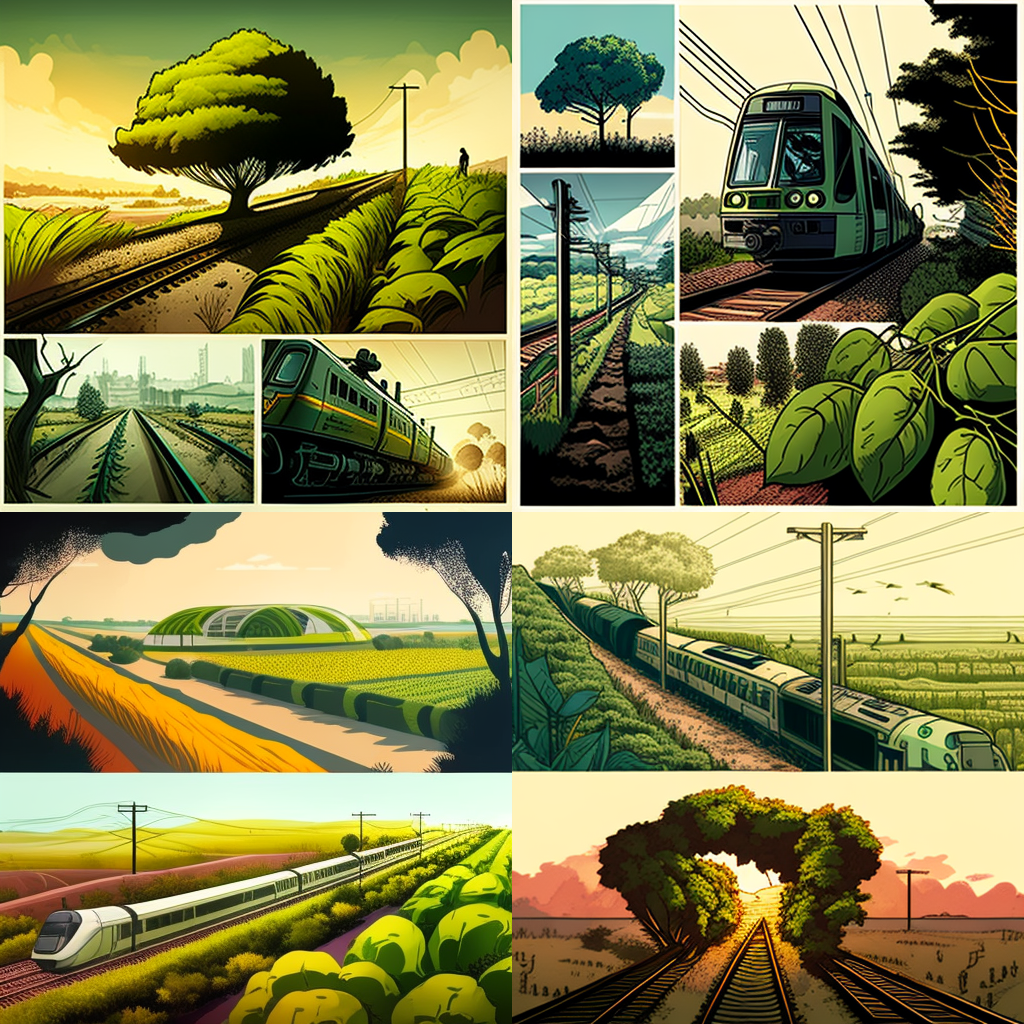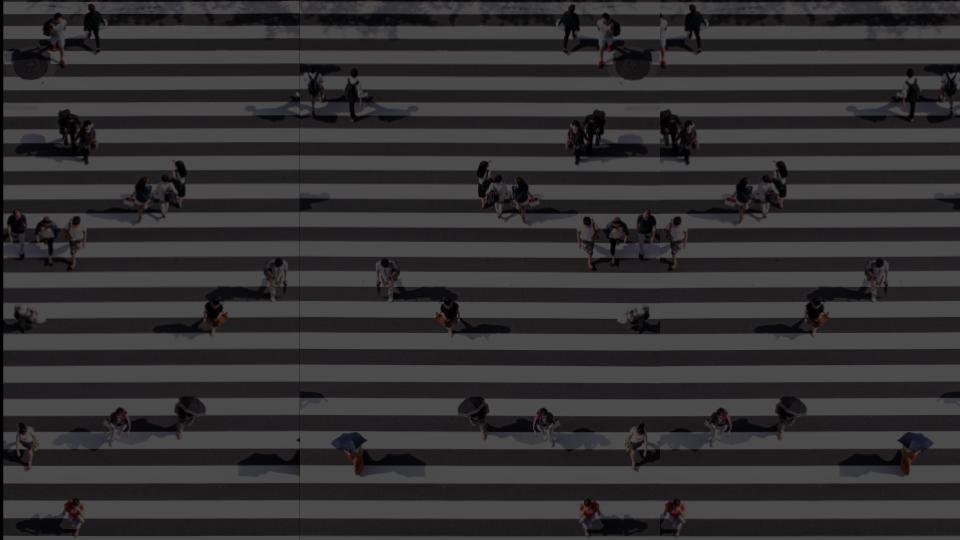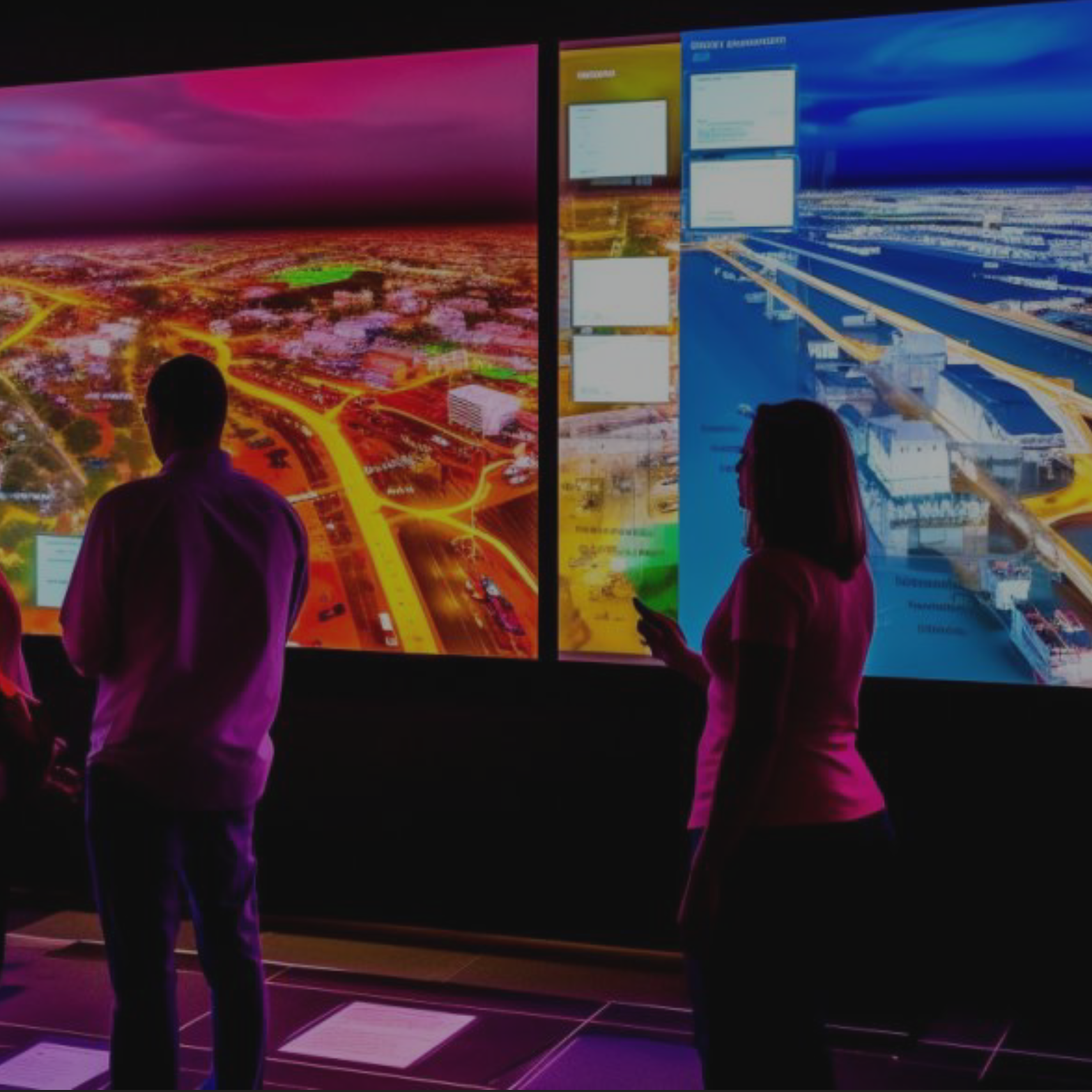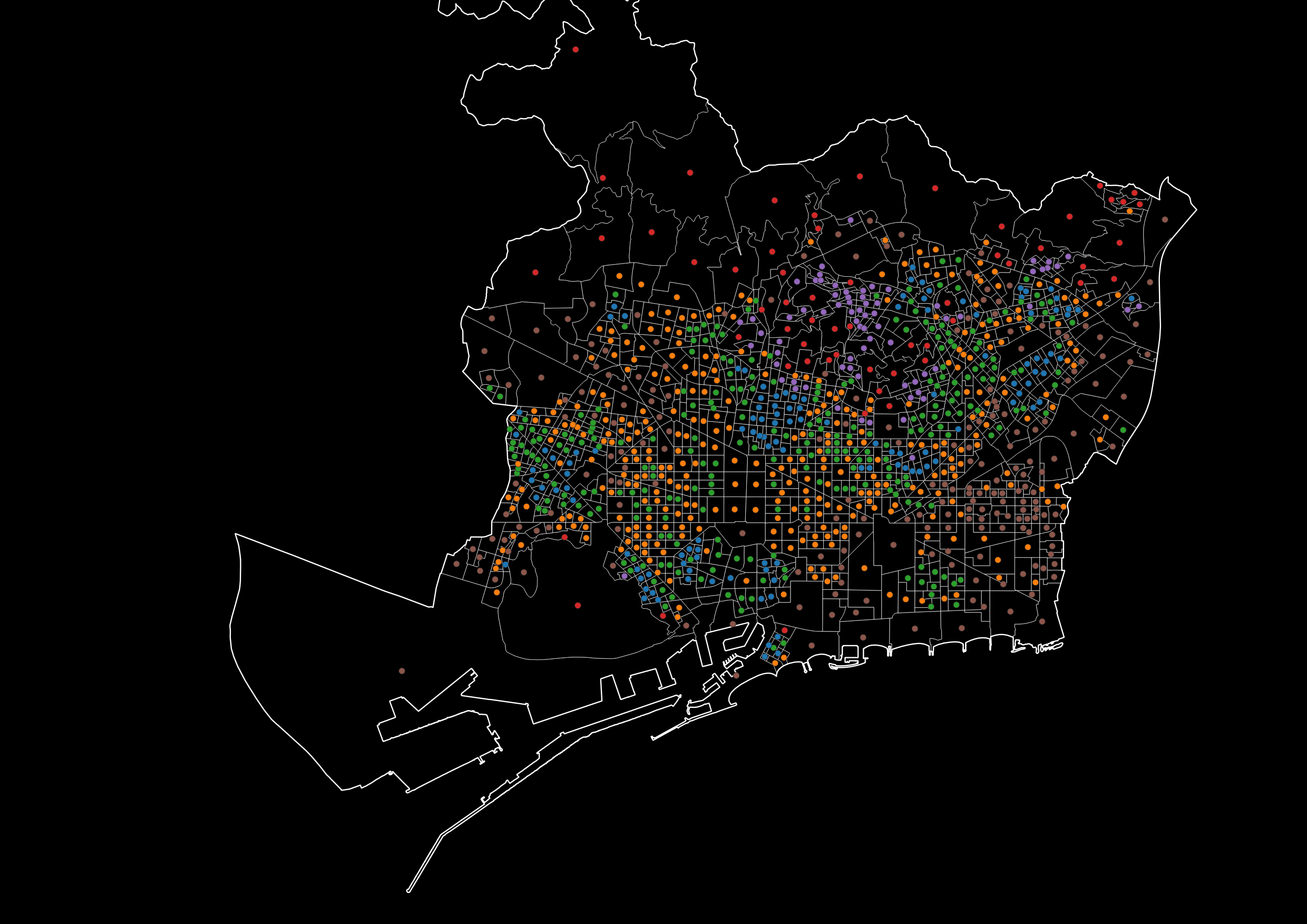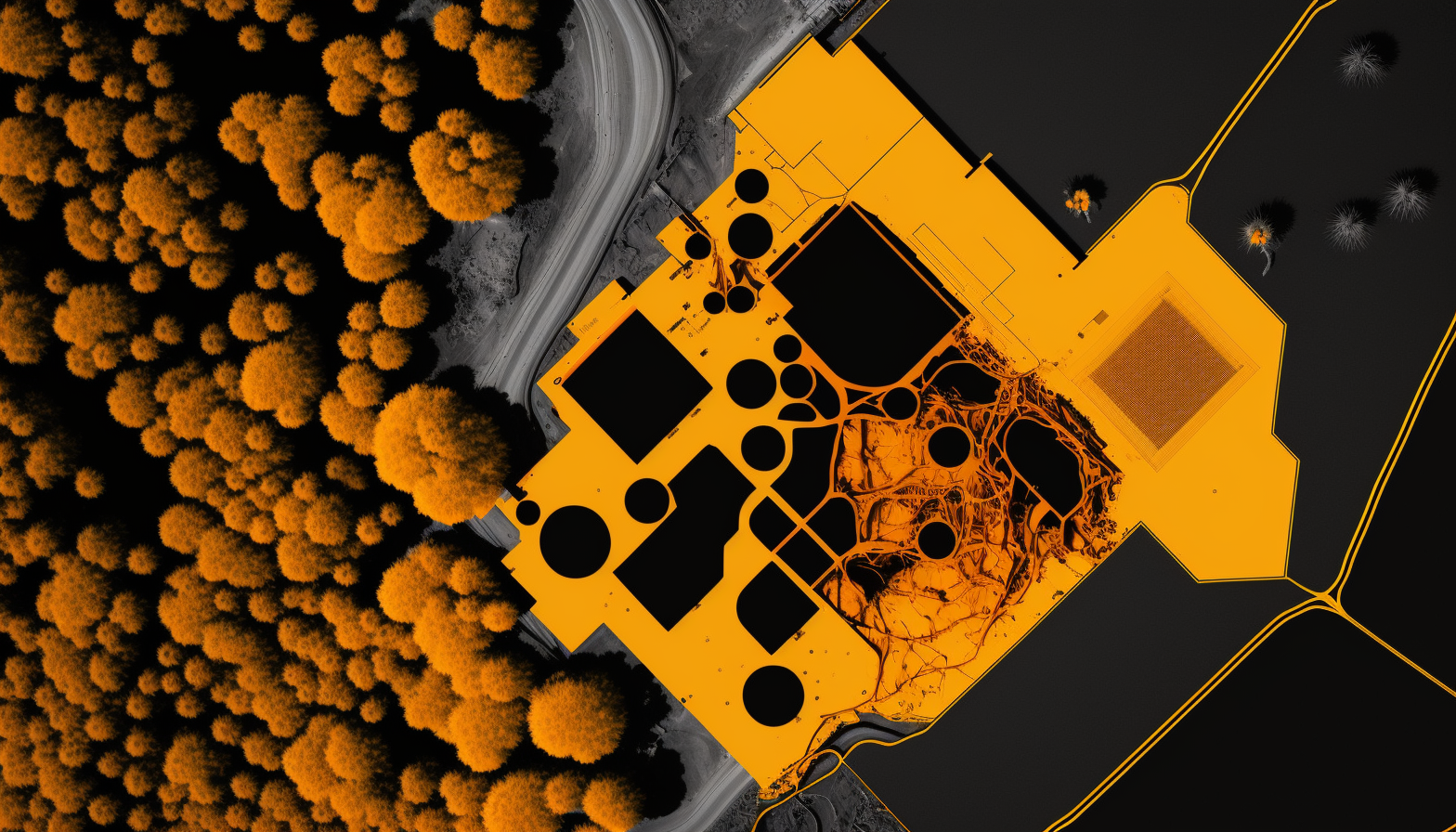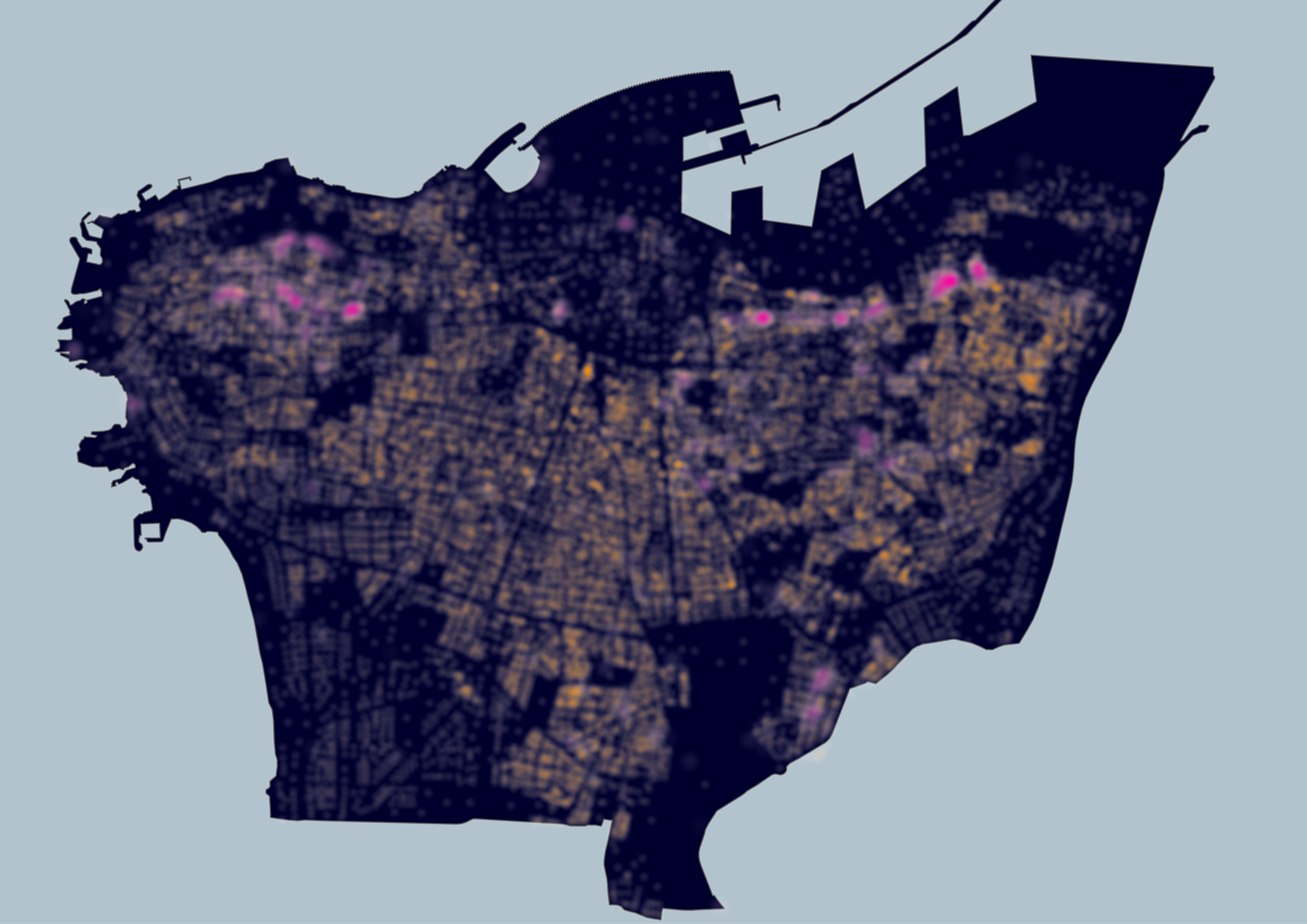IAAC’s Master in City & Technology (1 or 2-year program) is a unique program oriented towards redefining the analysis, planning, and design of twenty-first-century cities and beyond. The program offers expertise in the design of digitally enhanced, ecological and human-centered urban environments by intersecting the disciplines of urbanism and data science. Taking place in Barcelona, the capital of urbanism, the Master in City & Technology is training the professionals that city administrations, governments, industries, and communities need, to transform the urban environment in the era of big data.
Course: MaCT02 22/23 AI in Urbanism I
AI in Urbanism focuses on practical applications of AI within urban planning and design. Through method-driven pedagogies, this 7-week module is aimed at taking students with a basic understanding of machine learning, to applying deep learning algorithms to urban-scale issues.
view Syllabus & FacultyFOLLOWing FOOT.AI
Unraveling Footfall Patterns for Enhanced Urban Planning: A Spatial and Temporal Analysis Introduction Footfall prediction plays a crucial role in urban planning decision-making processes. Understanding the intricate relationship between footfall and its two dimensions—space and time—is essential. In this project, we delve into the workflow and key findings of a project aimed at comprehending the … Read more
GenCity.ai
Alejandro Aravena, renowned for his role in facilitating the recovery of a city struck by an earthquake and a tsunami, asserts that Participatory design transcends mere inclusivity and offers enhanced efficiency. Conventional methods may not yield the desired effectiveness, necessitating a reevaluation of the tools employed for participation.Barcelona, for instance, has already experimented with a digital … Read more
SKY COMPUTE
INTRODUCTION Climate change is an imperative global concern demanding meticulous attention. Its ramifications encompass an array of profound consequences, necessitating urgent action. Rooted in anthropogenic greenhouse gas emissions, this phenomenon engenders a persistent alteration in Earth’s climate patterns, characterized by escalating temperatures, heightened incidence of extreme weather events, and encroaching sea-levels. In this context, comprehending … Read more
Gridscape.ai
INTRODUCTION Urban planning decisions have a significant impact on the development of cities, and using machine learning can provide decision-makers with valuable insights to make informed decisions. By clustering urban areas based on various factors such as population density, built density, POI density, green cover, and build diversity, we can reveal spatial patterns that can … Read more
BullerbyNet
The Core challenges of urban childhood As cities grow and develop, there is often a lack of safe and child-friendly spaces for children to play, walk or bike alone. The increase in traffic and air pollution makes it challenging and unsafe for children to travel on foot or by bicycle. Crime and social fear also … Read more
BEYlink
RE-frame and Connect Public spaces in a city, such as pathways and non-constructible parcels, are not utilized to their full potential. As a result, they create voids and detachment of citizens from their city and do not provide any meaningful benefits to the community. Using machine learning algorithms as a tool for public organizations to … Read more
ONE MUMBAI!
Climate change is increasing the frequency and severity of extreme weather events, and cities like Mumbai with a population of over 12 million people, is particularly vulnerable to the impacts of climate change. In fact, studies have shown that Mumbai is one of the cities most at risk from rising sea levels more intense floods, … Read more

